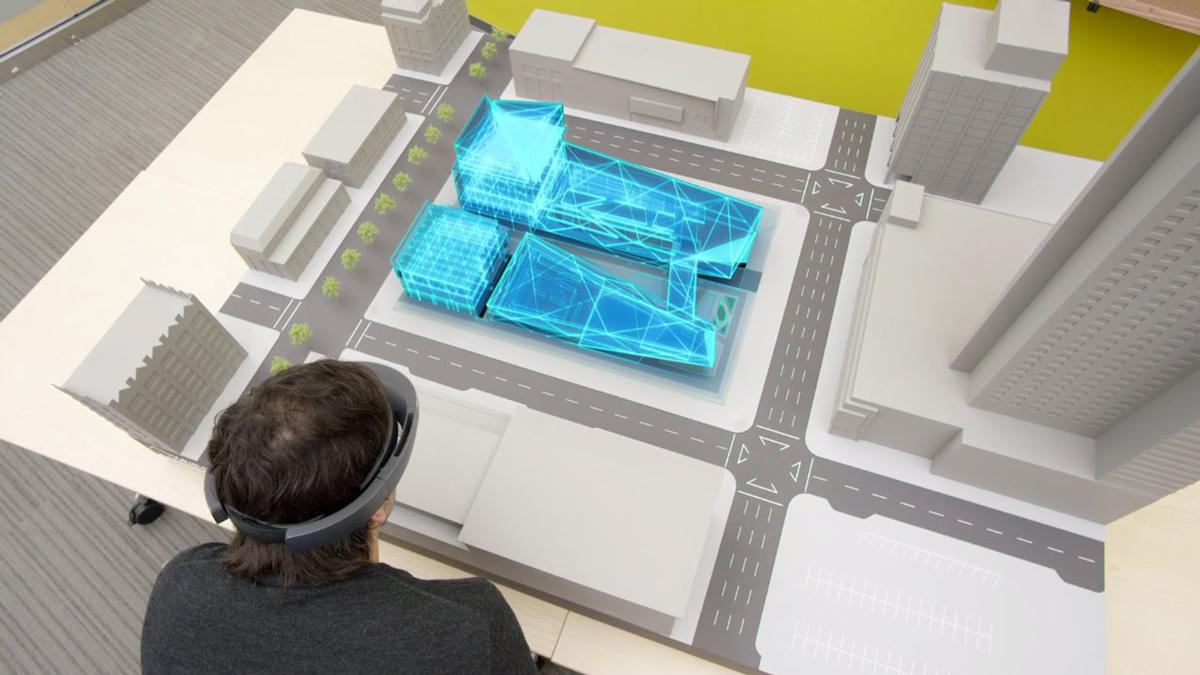see all jobs
Microsoft HoloLens will have 'major implications' for heritage and architecture
An expert in the field of architecture and heritage has said that Microsoft’s HoloLens will play a huge part in the sector in the not-too-distant future.
Speaking at CyArk’s annual summit, Adrian Ferrier – who heads up product development in visual intelligence solutions for California-based mapping company Trimble Navigation – envisioned an exciting future.
He said when applied to the world of architecture, engineering and construction, the HoloLens device can extend interaction with 3D models beyond the confines of a 2D computer screen, creating new ways for both those trying to save heritage and those looking at its history to consume, interact and communicate with spatial data.
“It’s a transformational device that can communicate space, which is very important when you consider heritage and preservation,” said Ferrier. “You’re wearing this device and it has an understanding of the world around you, putting your information into the real world.
“It is also important for context. So there might be a missing column for example, which the HoloLens will then fill in, giving the user an understanding of what something used to look like, even if it has been partially or even completely destroyed.”
The benefits of the device don’t stop there. According to Trimble, the HoloLens technology is so advanced that eventually people will be able to virtually tour areas they could otherwise not, offering an exciting development of visitors and heritage professionals alike.With somebody wearing a HoloLens headset on a site, the data picked up by the device can then transmit to remote devices, essentially creating a virtual version of the person’s surroundings.
“Not only can it project onto the real world but it can also collect, meaning there are applications for data collection,” said Ferrier. “HoloLens will even offer remote location so a person off site will be able to join someone remotely using this augmented technology.”
Trimble has been working in collaboration with Microsoft on HoloLens since its announcement to the heritage sector.
“The collaboration allows us to explore ways to augment today’s technology with solutions that allow individuals to more effectively interpret and interact with physical and digital information and their spatial relationships, transforming how architects, engineers, contractors and owners work, said Ferrier. “In five years we’ll all be interactive in the world with this technology.”
More News
- News by sector (all)
- All news
- Fitness
- Personal trainer
- Sport
- Spa
- Swimming
- Hospitality
- Entertainment & Gaming
- Commercial Leisure
- Property
- Architecture
- Design
- Tourism
- Travel
- Attractions
- Theme & Water Parks
- Arts & Culture
- Heritage & Museums
- Parks & Countryside
- Sales & Marketing
- Public Sector
- Training
- People
- Executive
- Apprenticeships
- Suppliers
















































